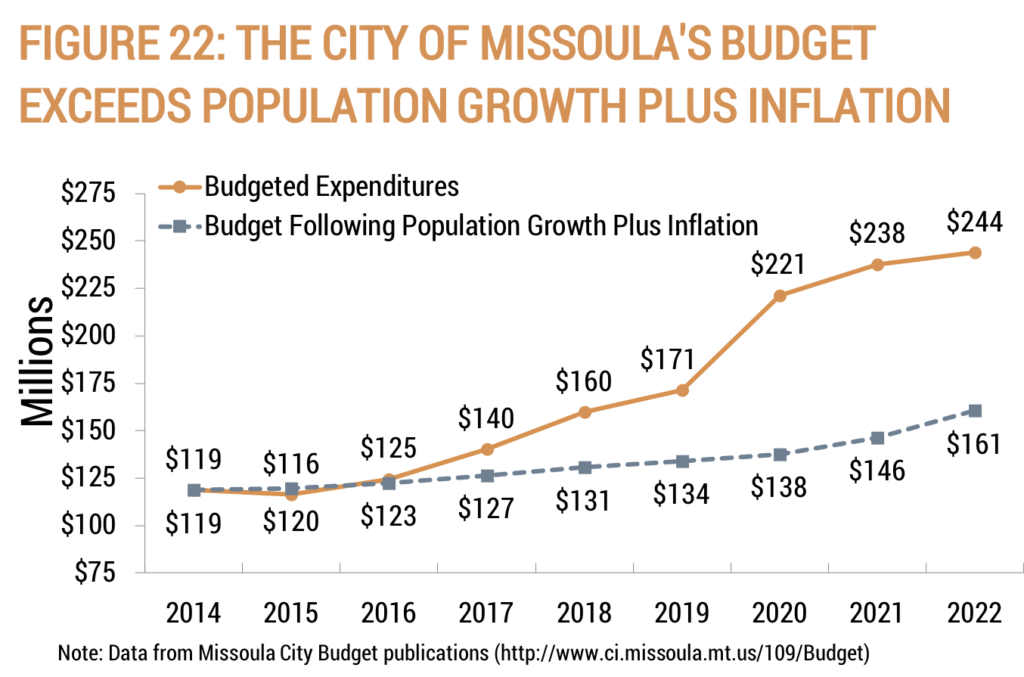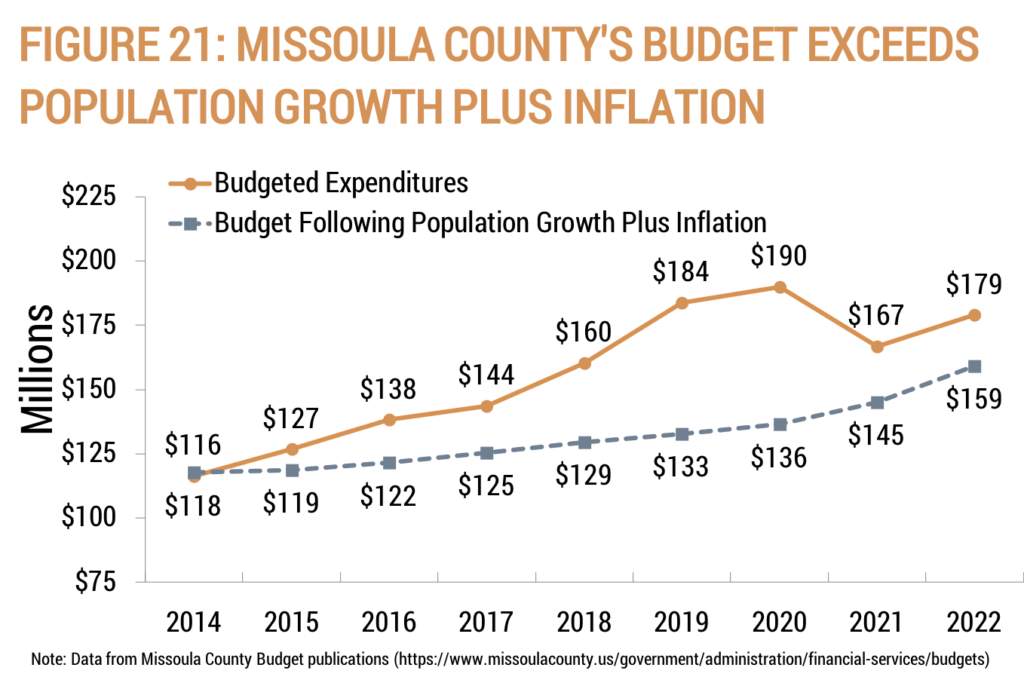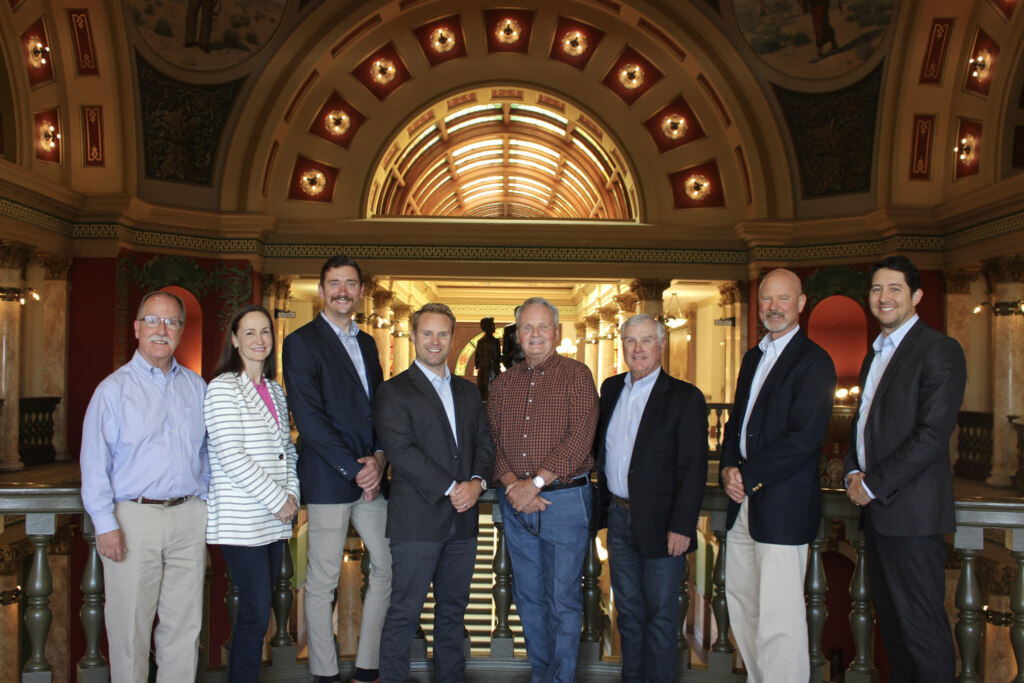The Real Reason For Skyrocketing Property Taxes
"Property tax relief is possible, but only if local governments engage in fiscal responsibility."
“Collecting more taxes than is absolutely necessary is legalized robbery.” – President Calvin Coolidge
We all know that property taxes are a major issue across Montana. Local governments often blame inflation as the key culprit for tax increases, but the truth local government leaders don’t want to admit is that the crushing property tax burdens felt around Montana are a direct consequence of years of reckless spending.
To get a better understanding of just how much local governments in Montana are spending we partnered with leading economists at the Texas Public Policy Foundation to create the 2023 Real Local Budgets. In this new report, the budgets of Montana’s six most populous counties and cities are compared to the metric of population growth plus inflation – considered by many to be an effective benchmark for responsible budget growth.
The results of the report are nothing short of stunning. The average county budget increase is 17-percentage points over population growth plus inflation, while the average city budget increase is 44-percentage points over.
Missoula is ground zero for wasteful spending. Over the last ten years, the City of Missoula’s budget has grown from $119 million to more than $244 million, 70% over population growth plus inflation over the same period.

Missoula County is not much better – their budget has grown nearly 18.5% faster than population growth plus inflation since 2014.

While Missoula officials blame inflation for the need to raise taxes, a look at the budget itself says otherwise. Missoula continues to chase pet projects at the expense of taxpayers, such as spending $194,000 to hire a second full time employee + supplies for the City of Missoula’s diversity and equity initiatives.
Missoula, however, isn’t alone in its spending gluttony. Taxpayers in the cities of Helena, Bozeman, Billings and Kalispell are all feeling the pinch as budgets for these cities have outpaced population growth plus inflation over the decade by an average 56%. Lewis & Clark, Gallatin, Yellowstone and Flathead counties have also been big spenders, with budgets for these counties on average growing 23% over economic growth for the last decade.
At a time when Montanans are buckling down and budgeting to save money during record inflation, local governments should be following their lead. Property tax relief is possible, but only if local governments engage in fiscal responsibility.
For Liberty,
Tanner Avery
The Latest
Planning for the Future
Last week Frontier Institute’s board of directors met to discuss how we can best tackle the biggest issues Montanans are currently facing.

Frontier President and CEO, Kendall Cotton, had this to say about the meeting:
“Our board members have shown a lifelong passion for Montana, and under their leadership and guidance I am confident that Frontier will continue to lead the way on innovative solutions that rely on more freedom, not more government.”
Award Finalist
I am excited to announce that the Frontier Institute is a finalist for the State Policy Network’s Communications Excellence Award. We have been nominated because of our report, the Montana Zoning Atlas and our work building a bipartisan consensus on the need for reforms that will restore property rights to make housing affordable.
You can support us by voting for us in this year’s Communications Excellence Award. Your vote helps to ensure our work can continue. Click HERE to vote.
A Forests Best Defense
In this month’s forest management column PERC policy director, Hannah Downey, explains how Mariposa Grove’s giant sequoias in Yosemite National Park were saved from the recent Washburn Fire because of active forest management. She explains that while these Sequoia’s were able to benefit from this type of forest management, significant red tape hinders other restoration projects in other forests across the west.
“But before any saw or drip torch can touch a federal forest, a restoration project spends a ridiculously long time being analyzed, approved, and funded.”
